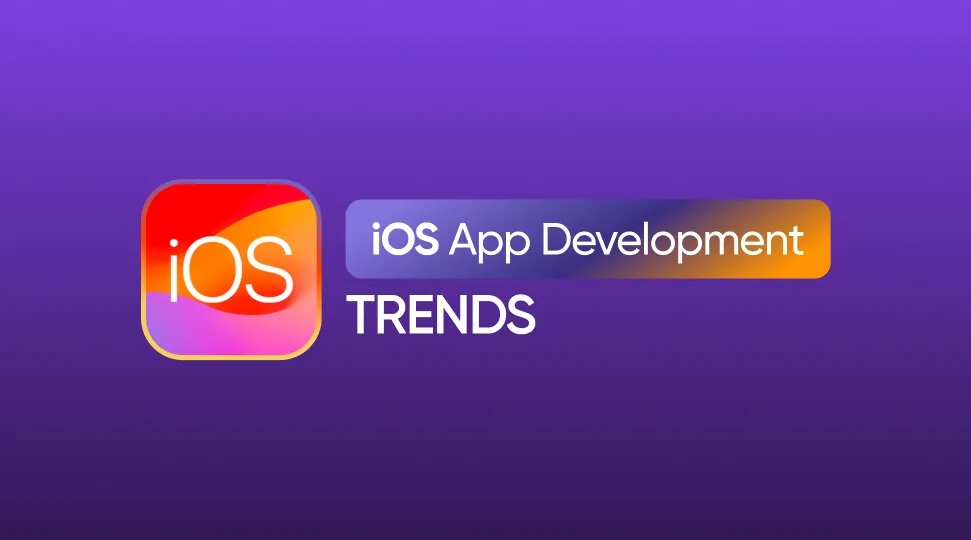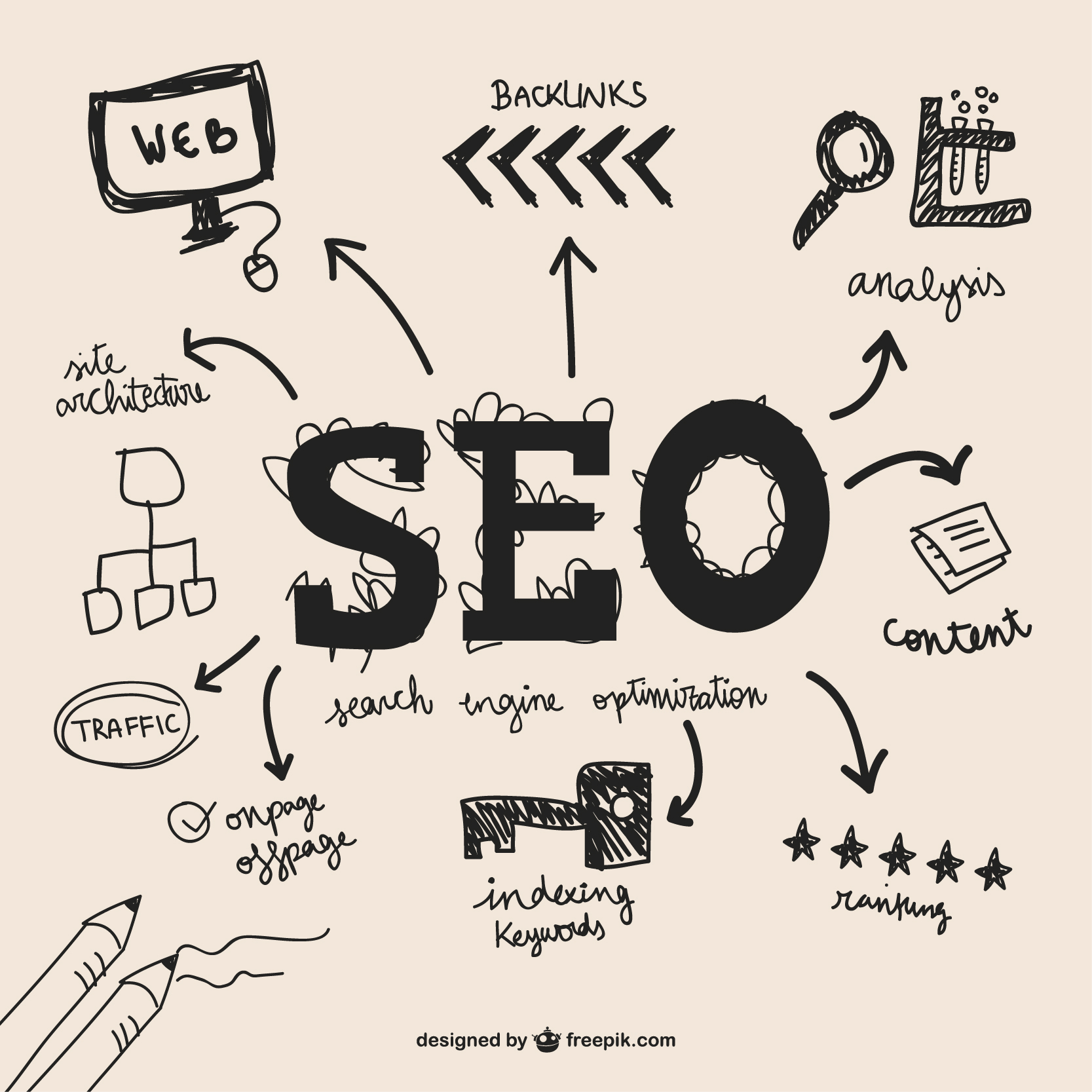Top iOS App Development Trends Every Business Should Know

In the fast-paced world of mobile technology, staying ahead of the curve is key to success. For businesses looking to leverage the power of mobile apps, the iOS platform remains a strong contender, thanks to its loyal user base and consistent innovation. However, simply developing an app isn’t enough anymore. You need to stay on top of the latest iOS app development trends to ensure your app not only meets user expectations but also stands out in a competitive market. By working with the right iOS app development services for businesses, you can capitalize on these trends and create apps that drive growth and engagement.
In this article, we’ll explore the most important iOS app development trends that every business should know. From artificial intelligence (AI) integration to augmented reality (AR), these trends are shaping the future of iOS app development. Let’s dive in!
1. AI and Machine Learning Integration
AI and machine learning are transforming how businesses develop apps. Apple has made it easier than ever to integrate AI-powered features using tools like Core ML and SiriKit. These technologies allow apps to become smarter and more responsive to user behavior.
How AI Enhances User Experience
- Personalized Content: AI can analyze user behavior and preferences to deliver more personalized experiences. For example, a fitness app might recommend workout plans based on previous activity.
- Voice Assistants: Integration with Siri allows users to interact with apps through voice commands, making the app more accessible and user-friendly.
- Predictive Analytics: Machine learning helps businesses anticipate user needs and actions, improving overall app performance.
By incorporating AI, you can create an app that feels intuitive and personalized, improving engagement and user satisfaction.
2. Augmented Reality (AR)
Thanks to ARKit, Apple has made augmented reality more accessible to developers. AR is no longer reserved for gaming apps; it’s being used in industries such as retail, healthcare, and education to create interactive experiences.
Practical Uses of AR in iOS Apps
- Virtual Try-On: Retailers can offer users the ability to try on clothes, makeup, or accessories virtually through the app.
- Interactive Learning: AR enhances educational apps by making learning more immersive, such as visualizing 3D models in a classroom setting.
- Home Design: Apps like IKEA Place let users visualize furniture in their own homes using AR technology.
AR is becoming a vital tool for businesses aiming to provide interactive and engaging user experiences.
3. 5G Technology
The introduction of 5G is a game-changer for mobile apps. With faster download speeds and lower latency, 5G enables more complex and data-heavy apps to perform seamlessly. Developers can now explore features that were previously limited by bandwidth.
How 5G Affects iOS App Development
- Faster Performance: 5G enhances video streaming quality, enabling apps to offer real-time video conferencing or ultra-high-definition streaming.
- Improved Gaming: 5G brings cloud gaming into the mainstream, enabling multiplayer games with minimal lag.
- Enhanced AR and VR: Apps that rely on AR and VR will benefit from faster data processing, making them more responsive.
Businesses that want to future-proof their apps should consider how 5G will enhance performance and open up new possibilities for innovation.
4. Wearable Devices Integration
Wearables, such as the Apple Watch, are becoming more popular, and businesses can capitalize on this trend by developing apps that integrate seamlessly with these devices. Apple’s watchOS allows developers to create apps that deliver real-time notifications and health-tracking features.
How Wearables Benefit Businesses
- Health and Fitness: Health apps can track user metrics such as heart rate, steps, and sleep patterns, offering a holistic view of well-being.
- Retail and E-commerce: Notifications for deals or promotions can be delivered directly to a user’s wrist, making shopping more convenient.
- Workplace Productivity: Apps that integrate with Apple Watch can deliver reminders and task management tools, helping employees stay on track.
Integrating wearable technology into your app can increase user engagement by offering convenience and personalization.
5. App Clips
Apple introduced App Clips in iOS 14, allowing users to experience part of an app without needing to download the full version. This has opened up new opportunities for businesses to engage users in quick, seamless ways.
How App Clips Work for Businesses
- Instant Access: Users can perform actions like paying for parking, renting a scooter, or placing a food order with just a few taps.
- Low Commitment: App Clips reduce friction by allowing users to try out features without committing to a full download.
- Integration with Apple Pay: For e-commerce businesses, App Clips make transactions even more seamless by integrating with Apple Pay for quick purchases.
App Clips allow businesses to provide users with immediate value, improving engagement and increasing conversions.
6. Focus on Privacy and Security
User privacy is a growing concern, and Apple has been a leader in prioritizing privacy features. In 2021, Apple introduced its App Tracking Transparency (ATT) feature, requiring apps to get user consent before tracking their data.
Privacy Best Practices for iOS Apps
- Transparent Permissions: Always provide clear explanations when requesting access to user data or features like location services.
- Data Encryption: Ensure all user data is encrypted both in transit and at rest to prevent data breaches.
- Compliance with Regulations: Stay updated on privacy laws like GDPR and CCPA to ensure your app meets legal standards.
By focusing on privacy and security, businesses can build trust with their users, a key factor in long-term success.
7. Cloud Integration
Cloud technology enables mobile apps to store data and perform computations off-device. This not only reduces the strain on device memory but also enables users to access their data across multiple platforms seamlessly.
Advantages of Cloud-Based iOS Apps
- Scalability: Cloud-based apps can easily scale as your business grows, handling increased traffic without sacrificing performance.
- Cross-Device Functionality: Users can start a task on their iPhone and continue on their iPad or Mac, enhancing the user experience.
- Data Security: Cloud services often come with robust security features, ensuring that sensitive data is protected.
Cloud integration is essential for apps that need to store large amounts of data or allow users to access their accounts from multiple devices.
8. IoT (Internet of Things) Connectivity
The rise of IoT has led to more connected devices, and iOS apps can now control smart homes, wearable devices, and other IoT systems. Apple’s HomeKit and HealthKit frameworks provide developers with the tools needed to create apps that interact with smart devices.
Use Cases for IoT in iOS Apps
- Smart Home Control: Users can manage home devices like thermostats, lights, and security systems through their iOS app.
- Wearable Health Devices: Health apps can sync with smartwatches or fitness trackers to offer users real-time health data and insights.
- Industrial IoT: Businesses in manufacturing and logistics can use IoT-enabled apps to monitor operations remotely.
IoT integration allows businesses to offer cutting-edge solutions that improve customer convenience and operational efficiency.
9. Progressive Web Apps (PWAs)
Progressive Web Apps (PWAs) are gaining popularity because they offer a hybrid solution between websites and native apps. Apple’s support for PWAs on iOS makes it easier for businesses to offer app-like experiences without requiring users to download an app.
Benefits of PWAs for Businesses
- No Downloads Needed: Users can access PWAs directly from their browsers, reducing the friction associated with downloading and installing apps.
- Offline Functionality: PWAs can function offline or in low-connectivity areas, ensuring a seamless user experience.
- Cost-Effective Development: Building a PWA is often more cost-effective than creating a native app for iOS and Android.
PWAs provide a flexible solution for businesses looking to offer app-like experiences without the overhead of developing native apps for multiple platforms.
10. Swift 5
Swift is Apple’s preferred programming language for iOS app development, and Swift 5 introduced several key improvements, including ABI stability and faster performance. Using Swift 5 allows developers to build high-performance apps that are easier to maintain and update.
Why Swift 5 is Important for Businesses
- Faster Development: Swift’s simple syntax allows developers to write cleaner, more efficient code, reducing development time.
- Better Performance: Apps built with Swift 5 are faster and more responsive, improving user experience.
- Future-Proofing: Swift 5 ensures compatibility with future versions of iOS, making your app easier to maintain in the long run.
By using Swift 5, businesses can ensure their apps are built on a reliable, modern language that’s optimized for performance.
Closing Thoughts
Staying updated with the latest iOS app development trends is crucial for businesses aiming to stay competitive in the mobile space. Whether it’s integrating AI and AR or leveraging 5G and IoT, these trends are transforming how businesses interact with users through mobile apps. To fully capitalize on these opportunities, partnering with iOS app development services for businesses can help you build innovative apps that not only meet current trends but also prepare you for future advancements. With the right strategy and technology, your app can become a powerful tool for growth, engagement, and customer satisfaction.





